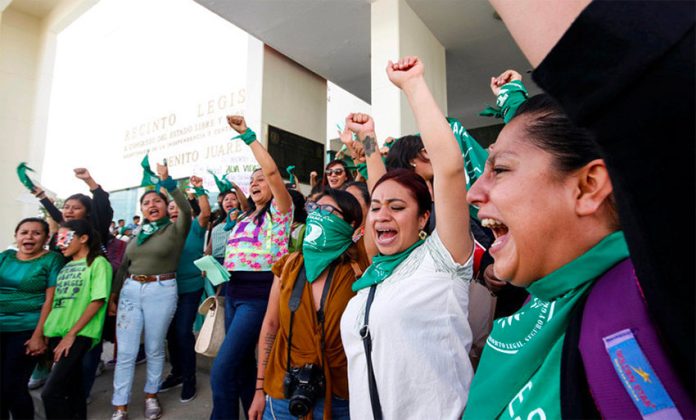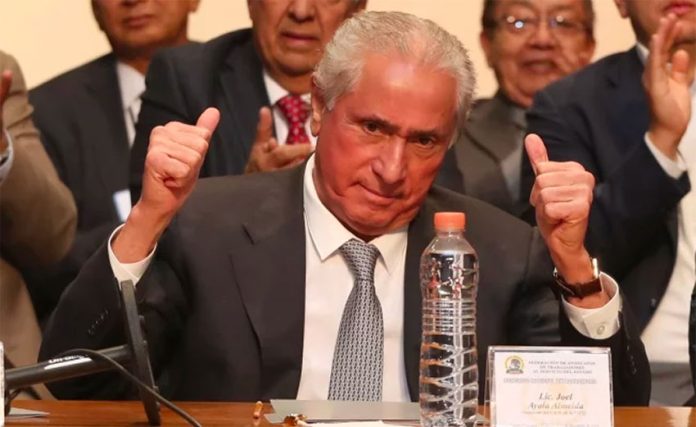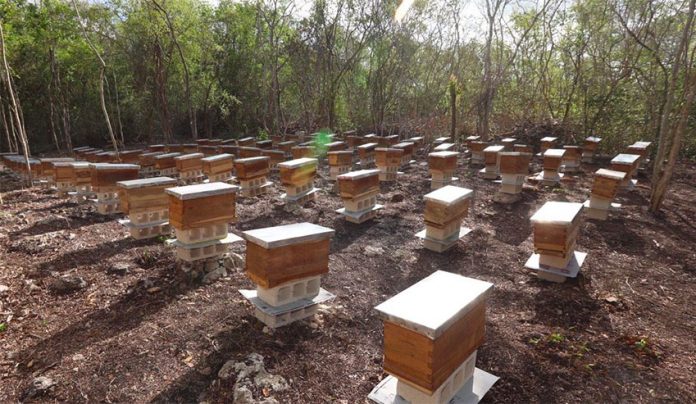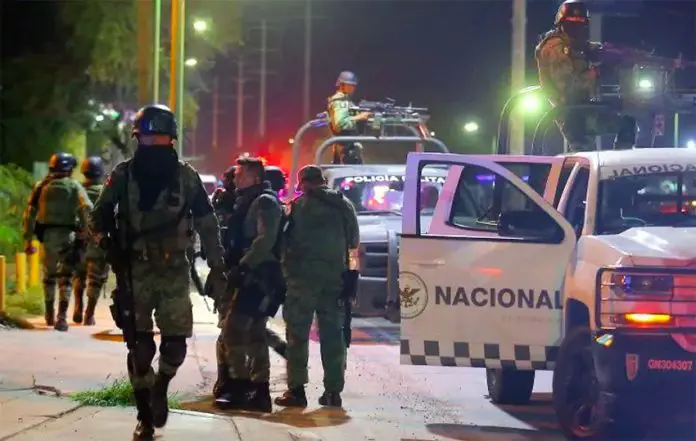Last month, a friend I hadn’t seen in about a year came over for lunch and a visit. When I asked what she’d been up to, she confided in me that she’d been pregnant.
She’d been very excited about it, as many women are, but miscarried towards the end of the second month. She’d felt sick and headed to the public hospital, where she had a “natural birth” to expel the embryo shortly after she’d realized it was there. I grieved for her and with her in the retelling.
When I first got a positive pregnancy test, I was likewise ecstatic. Though we hadn’t been actively trying, I’d decided on a break from my birth control pills, and my husband and I made a conscious decision to “roll the dice” to see if anything came up.
When we went to the doctor the first time, it was too early to see anything. My dates had been off, and the doctor said, “Well, you’ve either lost it already or the test wasn’t correct; but let’s behave as if you were pregnant just in case, and come back in a few weeks to check.”
As soon as I got into the elevator after that appointment I burst into tears, and cried every day for the next three weeks while I waited for my next appointment to see if there was indeed anything (happily, there was).
I watched another good friend suffer through suspected infertility, confirmed infertility and then infertility treatments for years. She despaired at the unfairness of so many women getting pregnant by accident who didn’t want to, and couldn’t understand why it was so hard for her, a responsible, hardworking woman in a stable relationship who wanted nothing more than to be a mother.
Happily, although the infertility treatments were unsuccessful, she got pregnant naturally and is about to celebrate her beautiful son’s first year of life.
Babies are big deals. We want babies, we care for babies, we love babies. I love babies, too. But I’ll fight to the end for a woman’s right not to have them, preferably through easily accessible birth control, but also through the deliberate termination of a confirmed pregnancy.
Babies change our lives. Correction: babies necessarily change women’s lives. Men are, for the most part, perfectly free to step aside and not have them affect their lives at all.
If the justice system is successful and the mothers possess enough support and tenacity to follow through with demanding the fathers’ support — and can prove that the man is the father — then they will sometimes be held accountable financially. The reality is, of course, that it’s quite easy for them to skip out if they decided they don’t like the result of their sexual actions.
Women, by definition, are unable to do this, and are severely punished in most places of the country if they try to. I don’t write this to bash or shame men; it’s simply a biological and social reality. Most fathers I know are, like my husband, attentive, loving, supportive and present for their children. But not stepping up in this way is both a biological possibility and a socially acceptable, if frowned-upon, option.
While I knew that abortion was not legal in most of Mexico (besides Mexico City), I was surprised to read that women were actually being sent to jail for having abortions or even for being suspected of having abortions. As I read this week about Oaxaca’s upcoming vote to decriminalize abortion, I felt foolish for not having realized this; I simply thought the fact that they were illegal meant you just couldn’t get them “officially,” and that was that.
Little did I know that there are women in jail all over the country for precisely this “crime.” Like the United States, abortion laws vary by state, and most grant an exception for rape (good luck convincing the authorities that you’re telling the truth, mind you). Abortion is legal in Mexico City during the first 12 weeks, and women who are wealthy enough can travel there if need be.
For women unlucky enough to live in a state where it’s illegal and without the means to travel to Mexico City for the procedure, few choices are available and many dangers are present, even when the intention is not to end one’s pregnancy.
There are currently thousands of women serving sentences in Mexico for abortions or suspected abortions. Complications from illegal abortions that cause women to wind up in the hospital can sometimes mean they wind up in jail after the fact. In many cases these women already have children, so one major result of punishing them for not doing their motherly duty is not letting them do their motherly duty to the children they may already have. Unsurprisingly, many of these women are poor and uneducated with few resources to support them in their legal struggle.
My friend who had the miscarriage was told (by her doctor!) that the most likely cause for her miscarriage was that she had gone to a funeral during the first few weeks of her pregnancy. To add to the pain of losing what she thought would be her first child, she was made to believe that she had caused it through her own irresponsible behavior, an assertion as cruel as it was ludicrous.
Up to a third of all pregnancies end in miscarriage within the first trimester, many before women even realize they are pregnant. My friend did not cause her miscarriage by putting herself in the presence of a dead body, just as the majority of women who miscarry do not do so on purpose.
Thankfully (unlike other cases), the doctor did not suspect that she’d wanted to cause the miscarriage, and did not call the authorities to report her for homicide. If he or a nurse had suspected it, especially if any behavior known to cause harm to a pregnancy had come to light, she could have gone to jail.
I await the results of Oaxaca’s congressional vote eagerly, and pray that it comes down in favor of women. In next week’s column, I’ll discuss Mexico’s pro-life and pro-choice movements, as well as possible solutions for things we all want: fewer unwanted pregnancies.
Sarah DeVries writes from her home in Xalapa, Veracruz.







